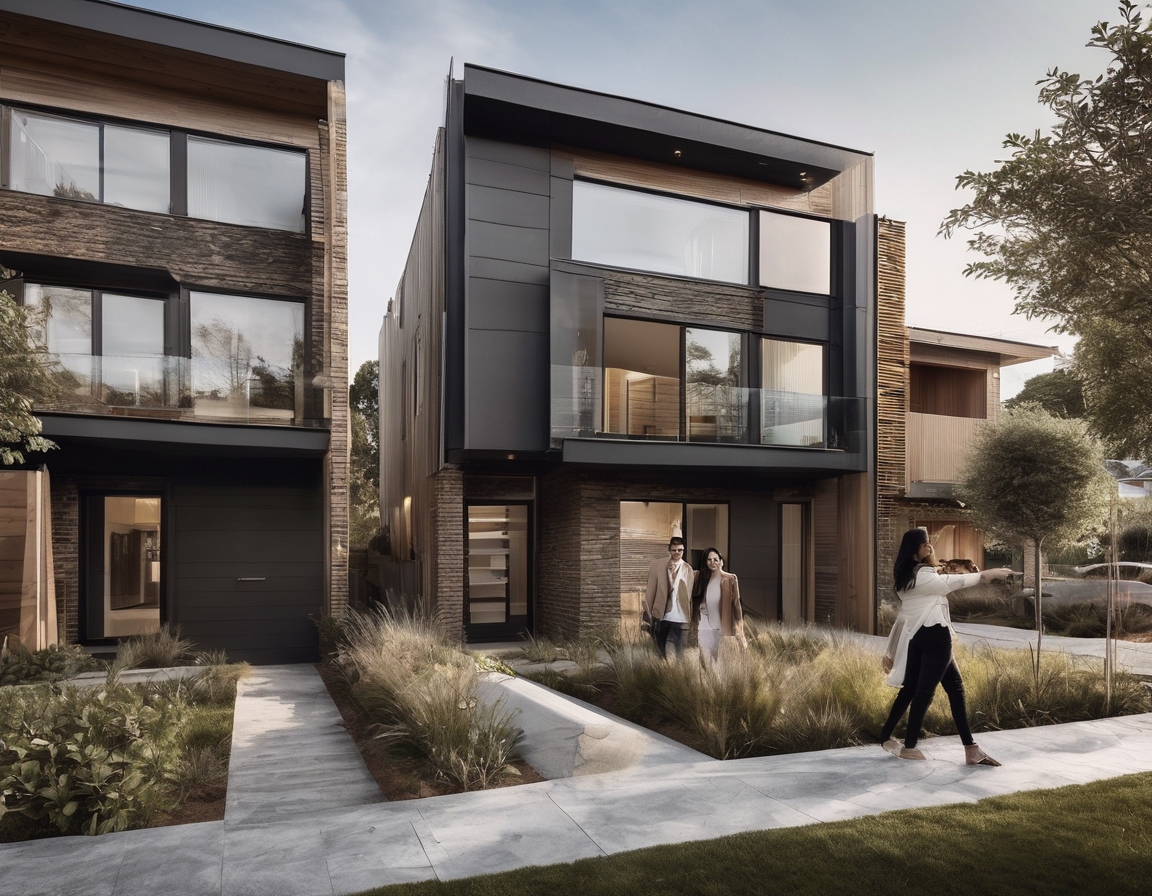Sustainable living: the rise of eco-friendly homes
Sustainable living is a lifestyle choice that seeks to reduce an individual's or society's use of the Earth's natural resources and personal resources. It is a conscious decision to live in a way that is environmentally friendly and socially responsible. As awareness of environmental issues grows, more people are looking for ways to incorporate sustainability into their daily lives, and one of the most significant areas of focus is housing.
The Growing Demand for Eco-friendly Homes
In recent years, there has been a noticeable shift in the housing market towards eco-friendly homes. This change is driven by a combination of environmental awareness, technological advancements, and a desire for healthier living environments. Young professionals and families, particularly those in urban areas, are increasingly seeking homes that align with their values of sustainability and modern living.
Key Features of Eco-friendly Homes
Eco-friendly homes are designed to minimize energy consumption. This can be achieved through the use of energy-efficient appliances, LED lighting, and high-quality insulation. Many eco-friendly homes also incorporate renewable energy sources, such as solar panels, to further reduce their carbon footprint.
Water conservation is another critical aspect of eco-friendly homes. Features such as low-flow faucets, dual-flush toilets, and rainwater harvesting systems help reduce water usage and promote sustainable living.
The use of sustainable materials is a hallmark of eco-friendly homes. This includes materials that are recycled, reclaimed, or sourced from sustainable forests. These materials not only reduce the environmental impact of construction but also contribute to healthier indoor air quality.
Smart home technology plays a significant role in eco-friendly homes. Automated systems for lighting, heating, and cooling can optimize energy use and enhance the overall efficiency of the home. Additionally, smart home technology offers convenience and flexibility, which are highly valued by modern urban dwellers.
Benefits of Eco-friendly Homes
Eco-friendly homes significantly reduce the environmental impact of housing. By using less energy and water, and by incorporating sustainable materials, these homes help conserve natural resources and reduce pollution.
While the initial investment in eco-friendly features may be higher, the long-term savings on utility bills can be substantial. Energy-efficient appliances and renewable energy sources can lead to significant reductions in monthly expenses.
Eco-friendly homes often provide a healthier living environment. The use of non-toxic materials and improved air quality can lead to better health outcomes for residents. Additionally, the integration of natural light and green spaces can enhance mental well-being.
The Role of Urban Areas in Promoting Sustainable Living
Urban areas are at the forefront of the sustainable living movement. With higher population densities and greater resource consumption, cities have a unique opportunity to lead by example in adopting eco-friendly practices. Urban planners and developers are increasingly incorporating sustainability into their designs, creating communities that prioritize green spaces, public transportation, and energy-efficient buildings.
How COFY RENTALS OÜ Supports Sustainable Living
At COFY RENTALS OÜ, we are committed to providing modern, convenient, and sustainable living spaces for our clients. Our properties are designed with eco-friendly features that align with the values of our target audience. We offer flexible rental terms and a streamlined booking process, making it easier than ever to find a home that supports a sustainable lifestyle.






Comments (0)